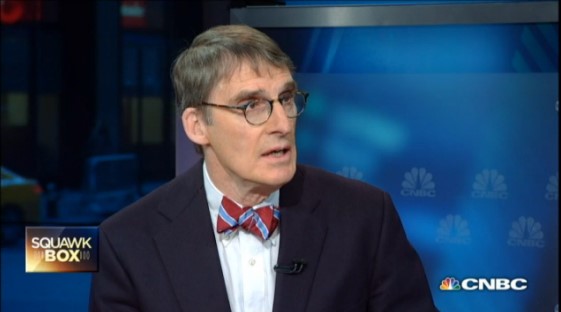Of course, he’s a captive of Keynesian mainstream thinking, but this is, nonetheless, a fairly clear-headed assessment of what ails America as well as a damning indictment of the current policy from an insider.
The whole speech is well worth reading
The essence of what I reported to my colleagues when we met last week is that more things are moving in the right direction than in the wrong direction. There are some green shoots beginning to emerge in a landscape still pocked-marked by brown spots. General economic conditions are improving slightly and are expected to continue doing so. The risk of a double dip in economic activity has lessened, as has the risk of deflation. Financial speculation and excess, however, is beginning to raise its hoary head.
On the real economy front, data from the manufacturers, railroads, shippers, express shippers, retailers, service-sector operators and others I survey indicate that activity picked up on a year-over-year basis in October and was slightly better than the year-over-year pace of September.
As might be expected, my contacts report price pressures for a range of commodities, including corn, higher-grade food oils, cotton, pulp and, of course, metals and gold used in manufacturing, including specialized products such as semiconductors. This is nothing you wouldn’t already know from a daily reading of the financial press. I do find it of interest that one of my CEO contacts just came back from meeting with all 450 of his Chinese suppliers and reports that the Chinese government was “encouraging” those manufacturers to grant wage increases to their workers on the order of 15 to 20 percent, in large part to goose up domestic spending. Combining wage imperatives with recent commodity price increases, the manufacturers of low-tech Chinese products, from wicker to clothing to the lower end of entertainment devices, have started their bids for supplying the fall of 2011 needs of this particular large importer at dollar price levels 30 percent higher than current levels. Alternative production sites like Vietnam and India, according to this source, are only slightly underbidding these Chinese suppliers.
To be sure, these are opening positions for negotiation. But they are alarming. They might portend a shift back to sourcing low-value-added goods in lower-cost venues like Mexico over time, but in the immediate future, this hints at a squeeze on margins for those sourcing from China, Vietnam and India. Other CEOs who source inputs in the Far East report the same phenomenon, which is vexing because none of them feel they have the pricing wherewithal to pass on cost increases of more than 2 percent or so in light of the weakness of consumption. The one thing they are certain of, however, is that retail goods inflation is highly unlikely to drift downward…
…The remedy for what ails the economy is, in my view, in the hands of the fiscal and regulatory authorities, not the Fed. I could not state with conviction that purchasing another several hundred billion dollars of Treasuries—on top of the amount we were already committed to buy in order to compensate for the run-off in our $1.25 trillion portfolio of mortgage-backed securities—would lead to job creation and final-demand-spurring behavior. But I could envision such action would lead to a declining dollar, encourage further speculation, provoke commodity hoarding, accelerate the transfer of wealth from the deliberate saver and the unfortunate, and possibly place at risk the stature and independence of the Fed.

